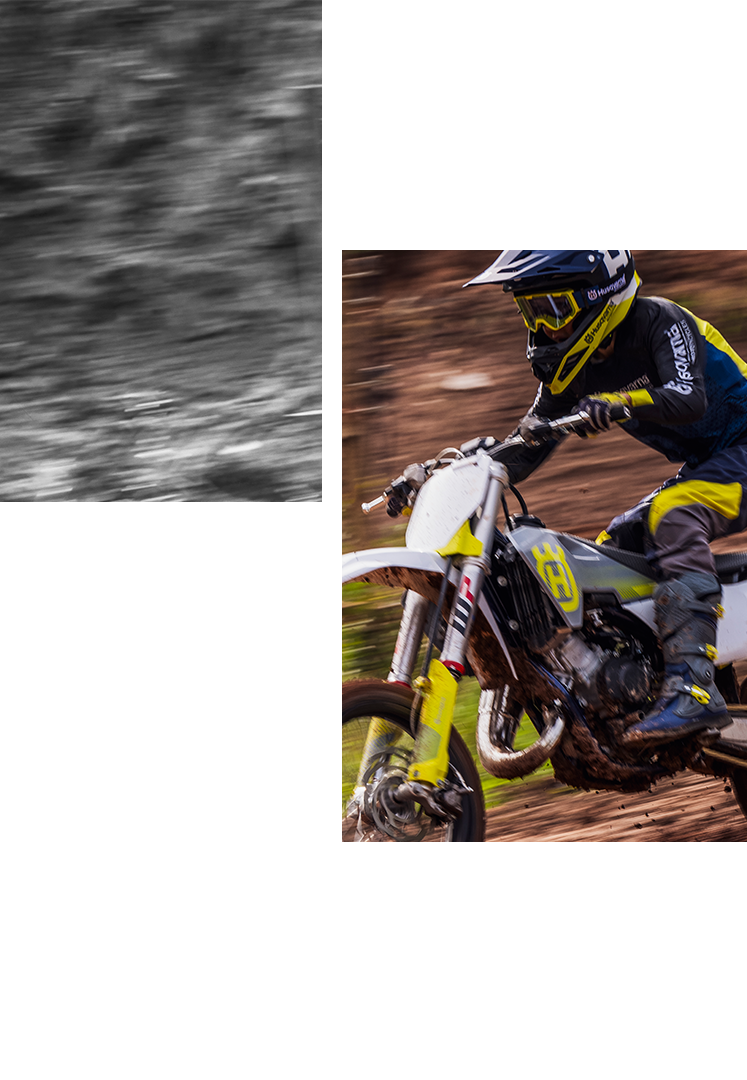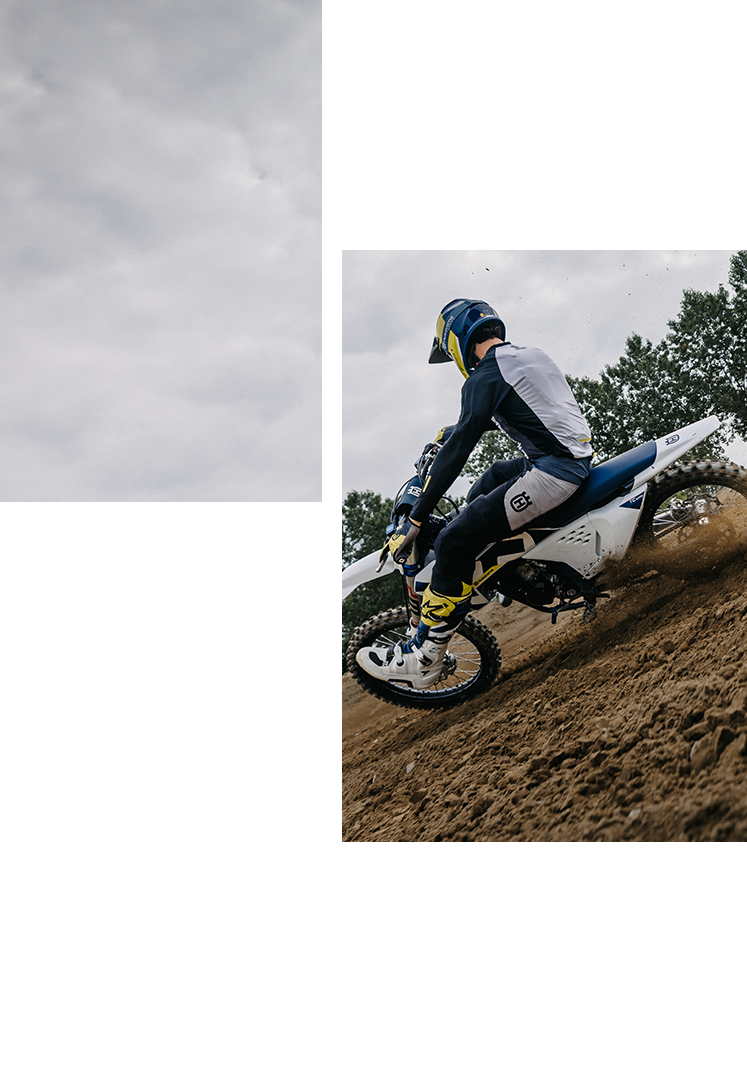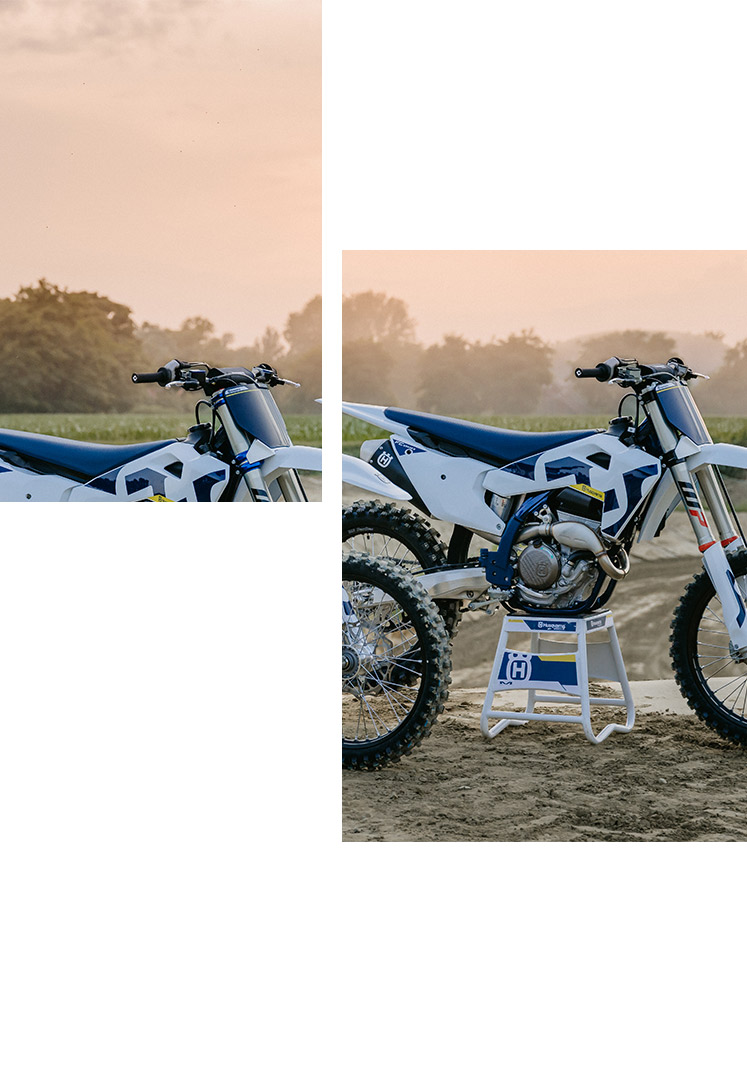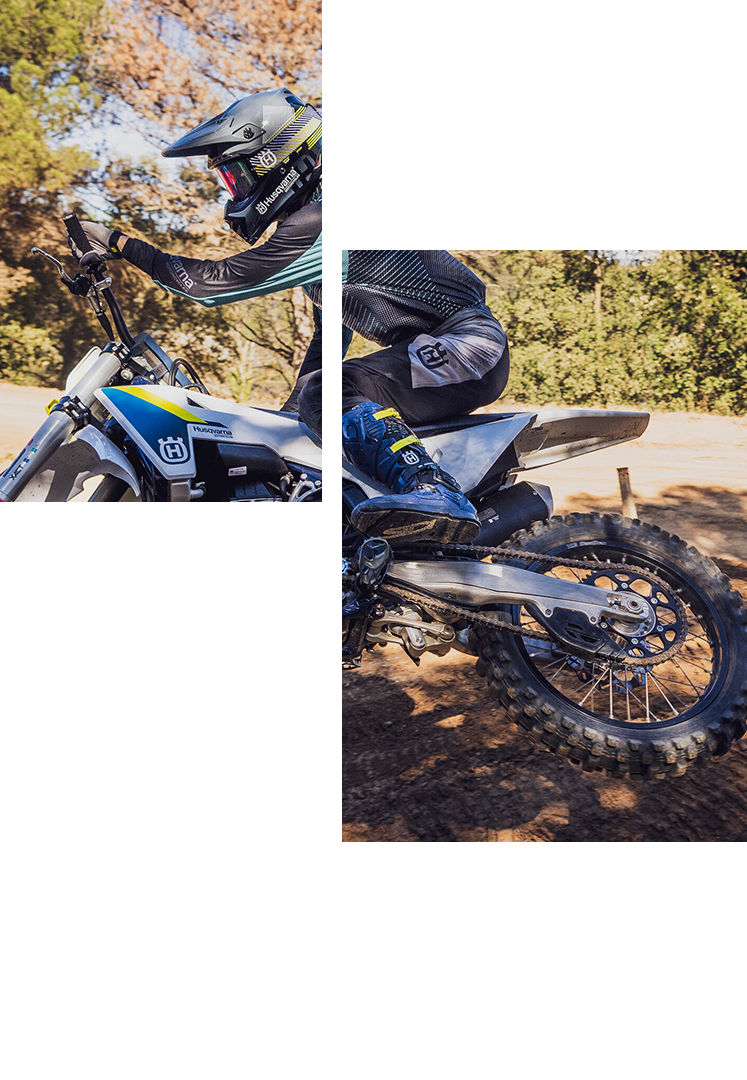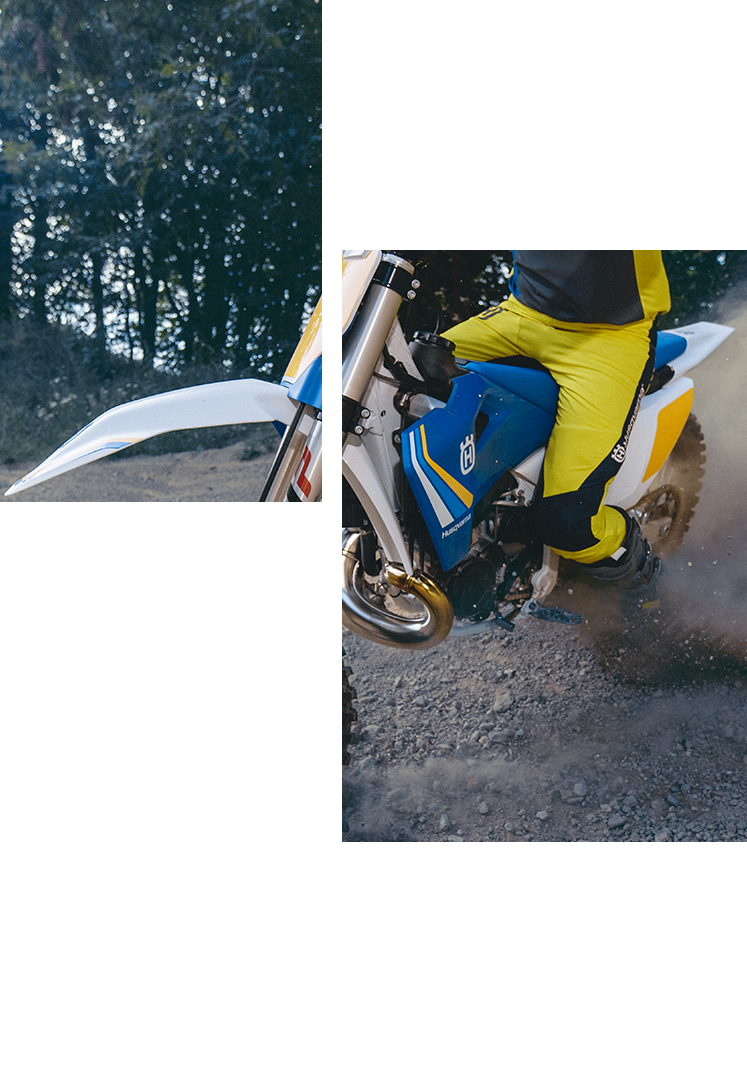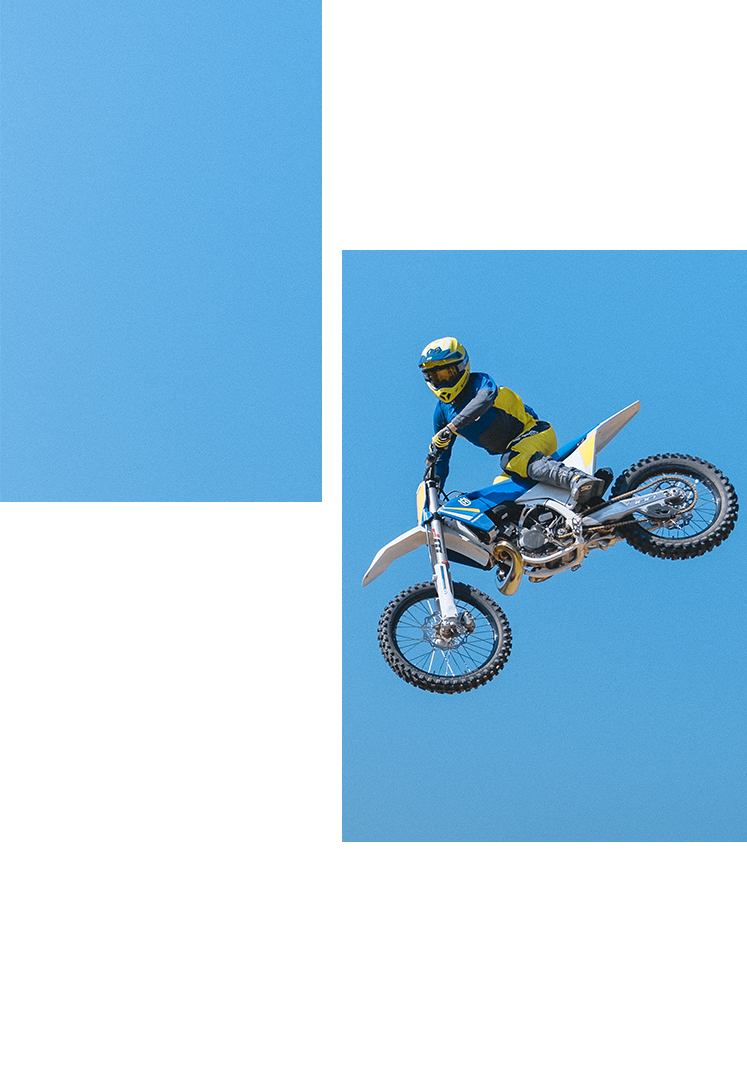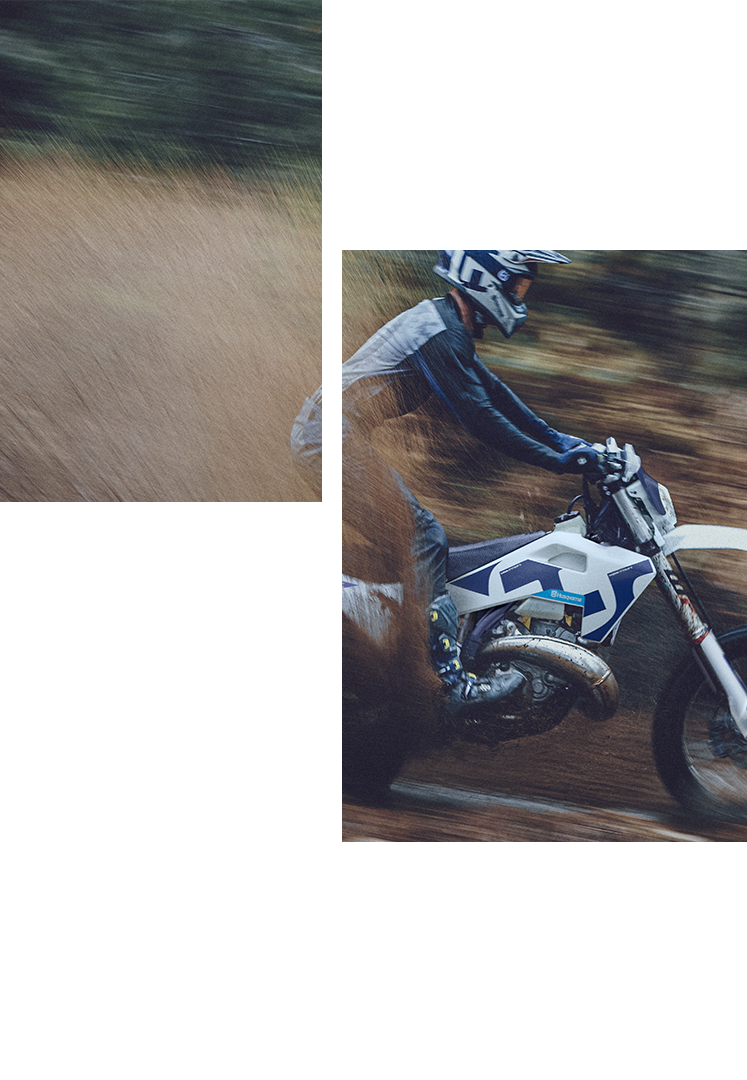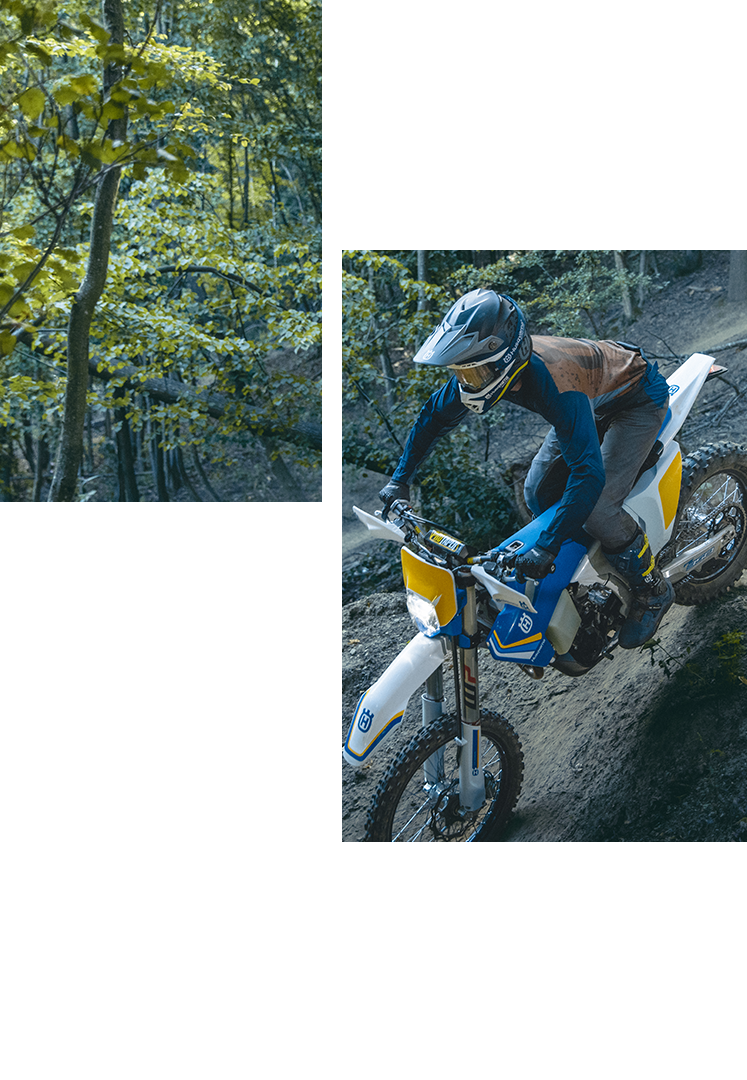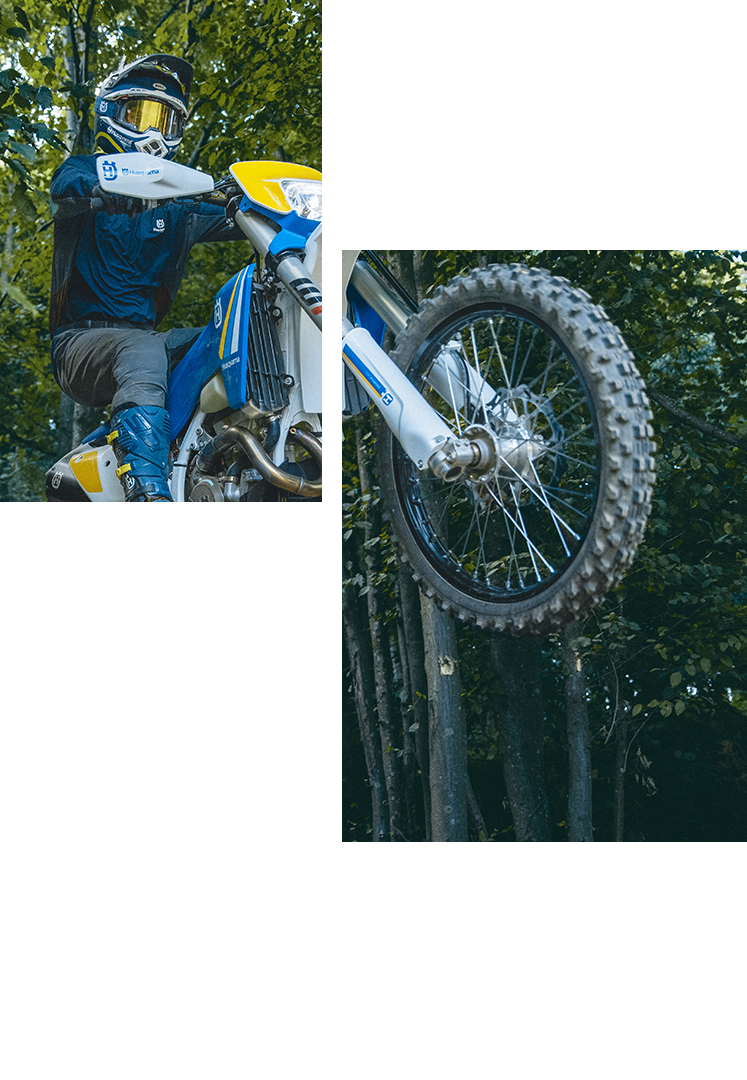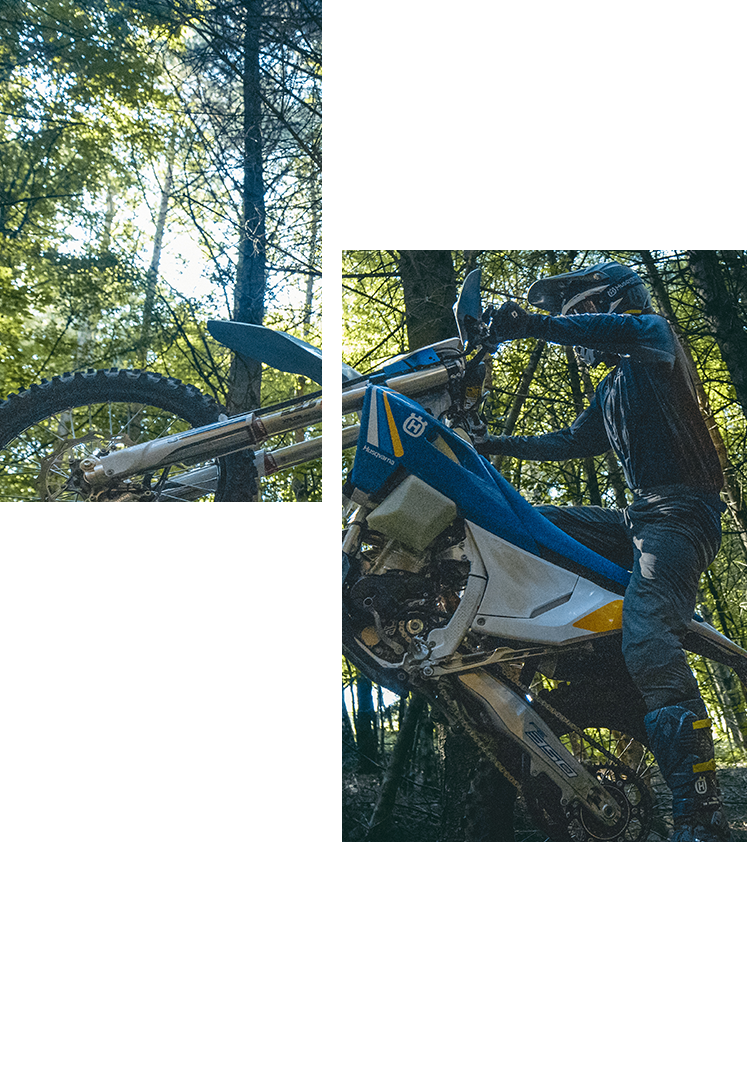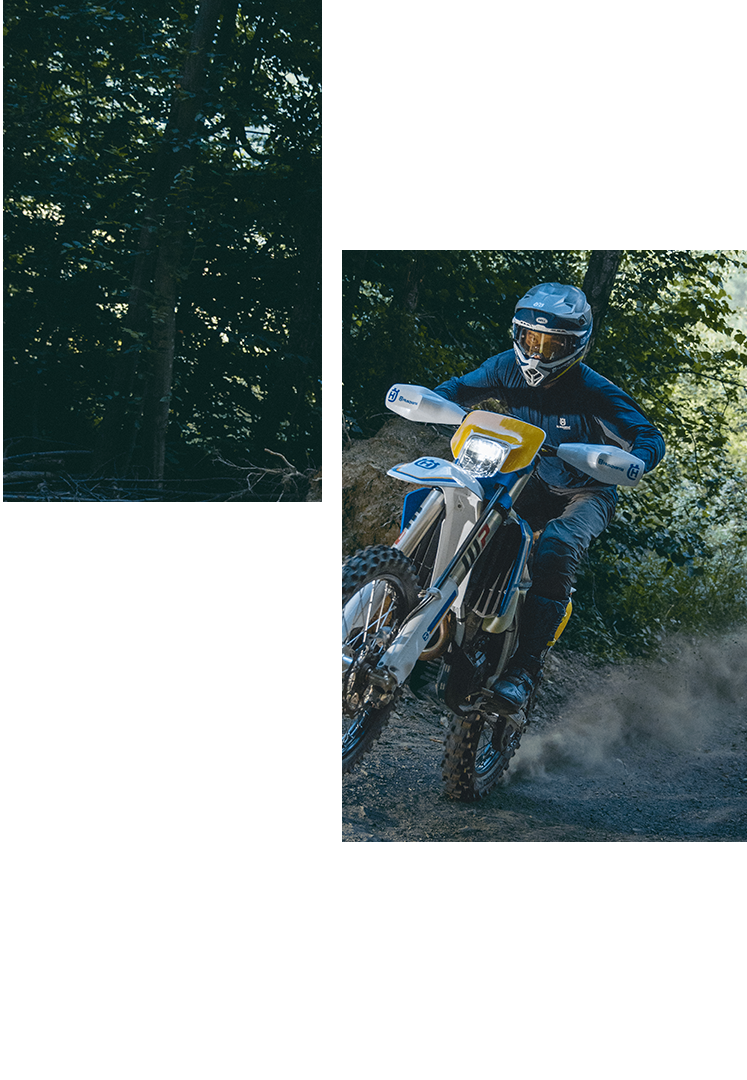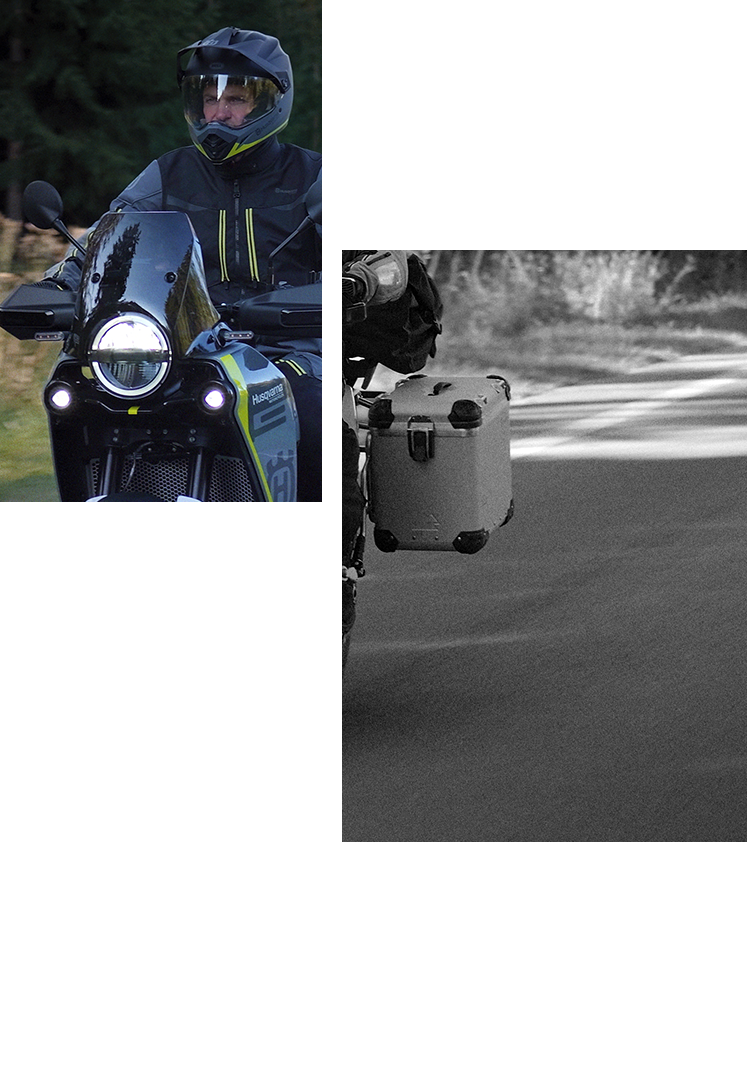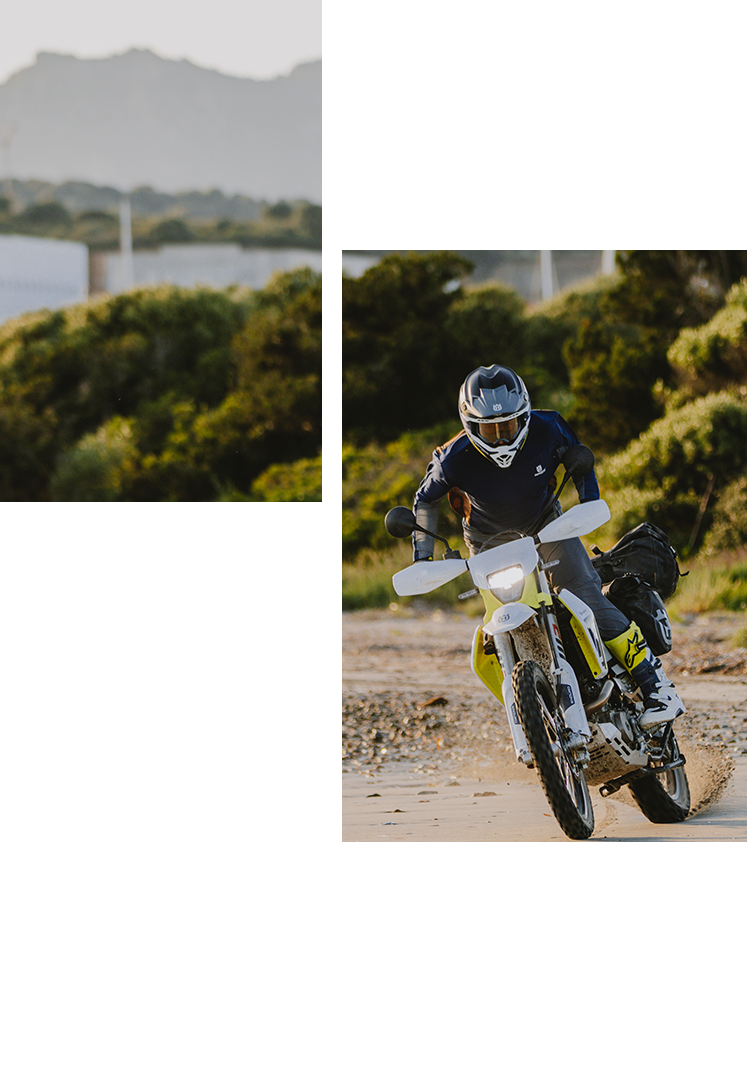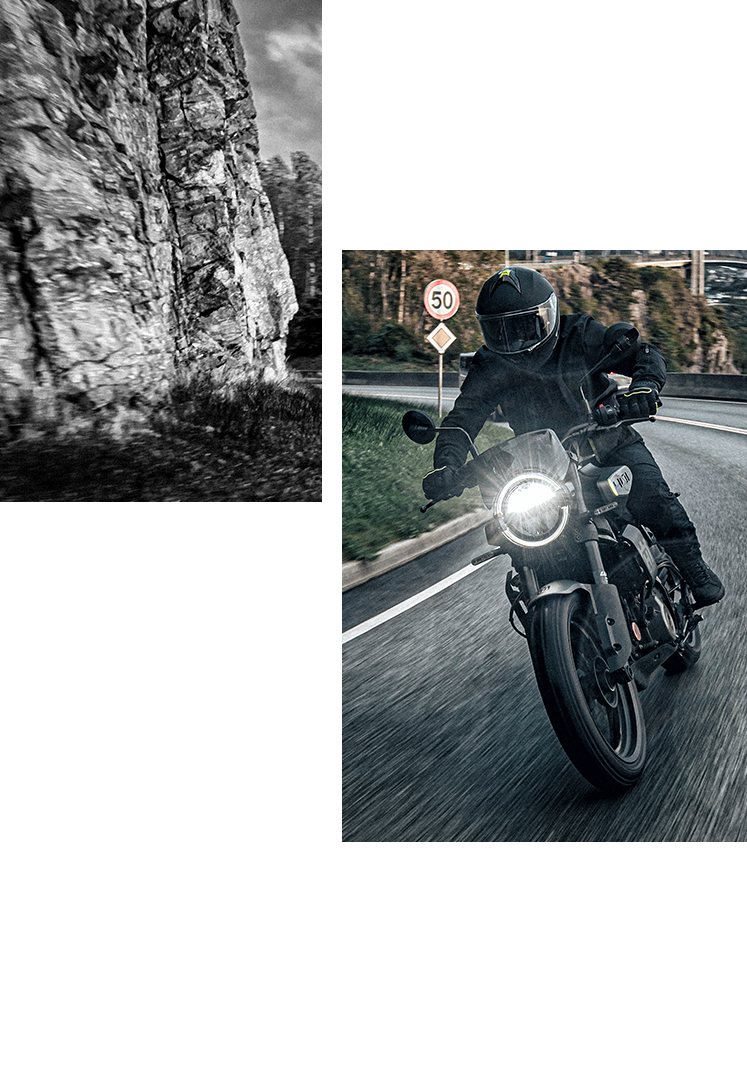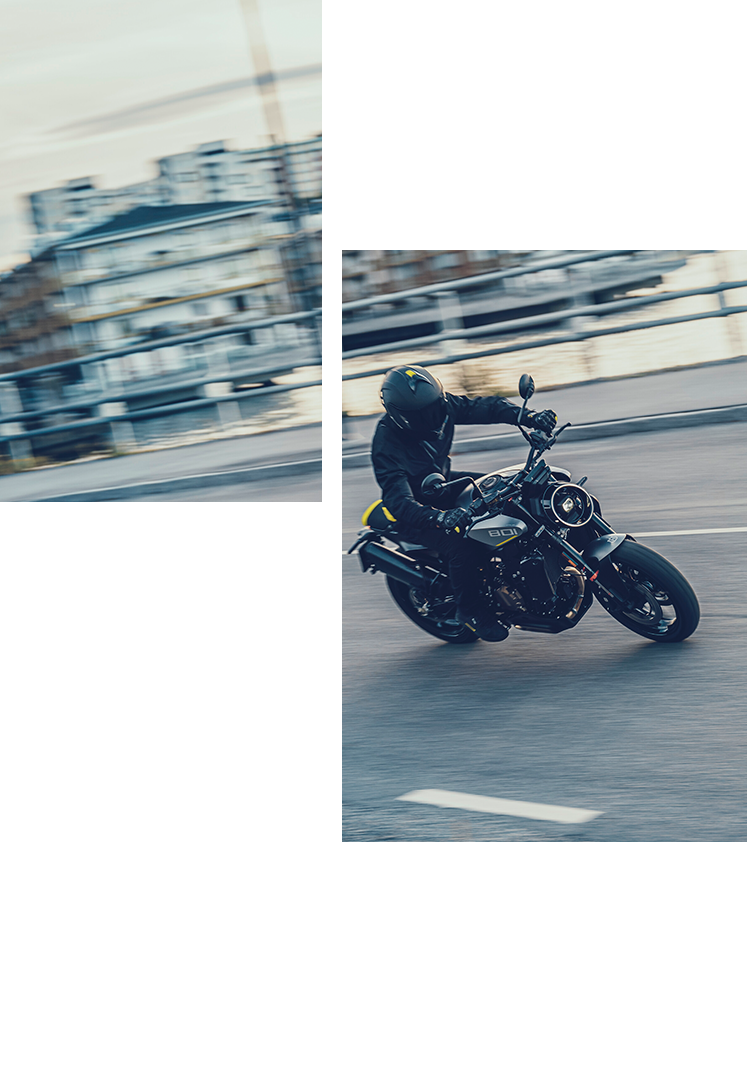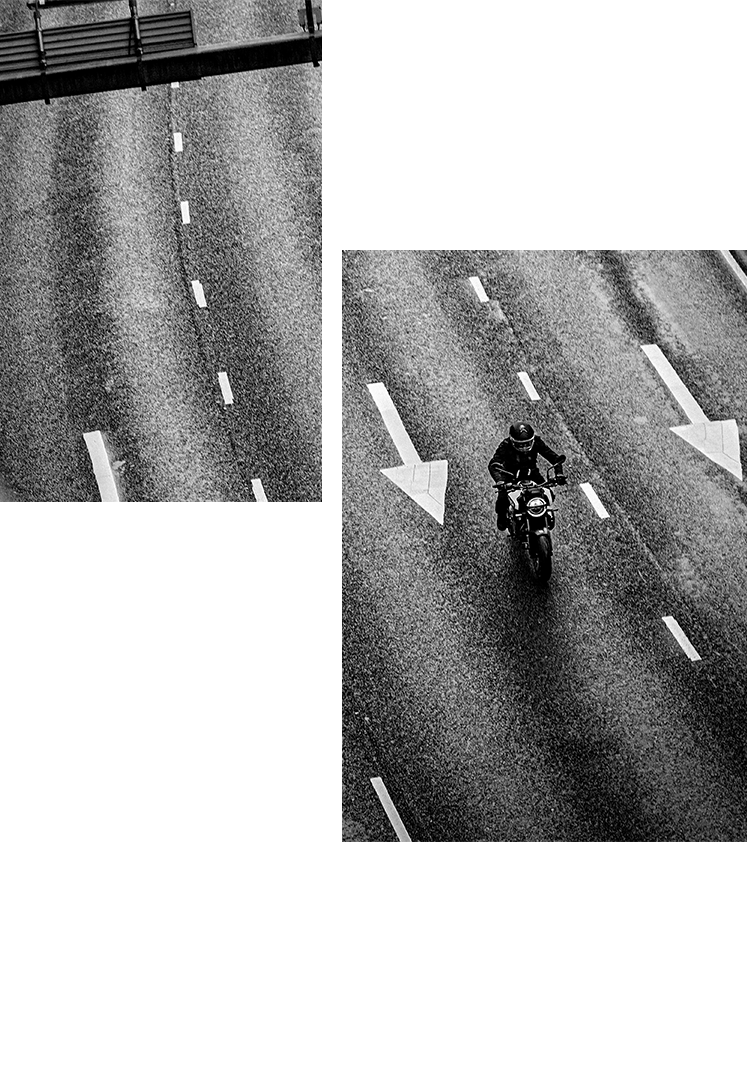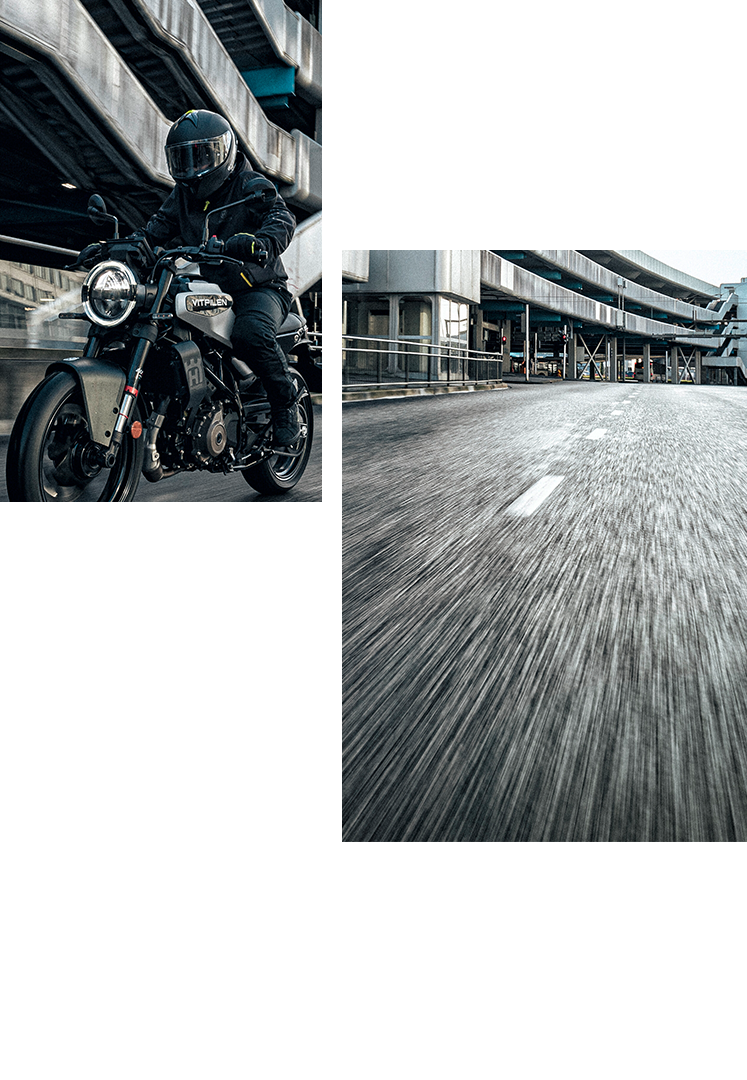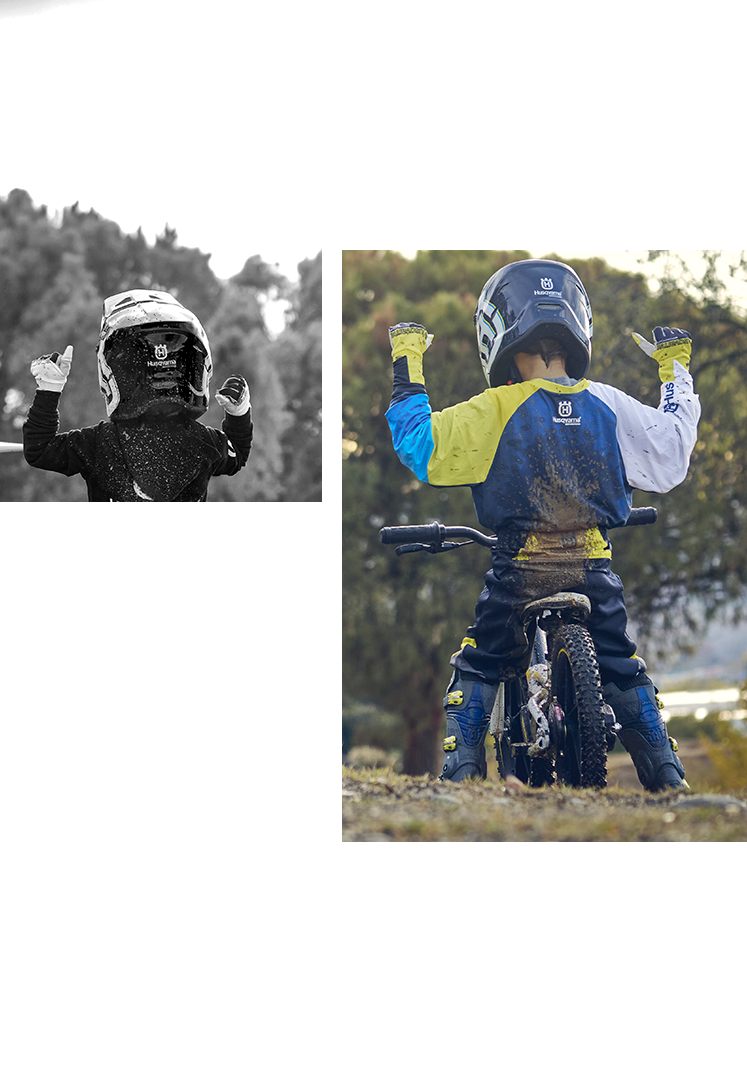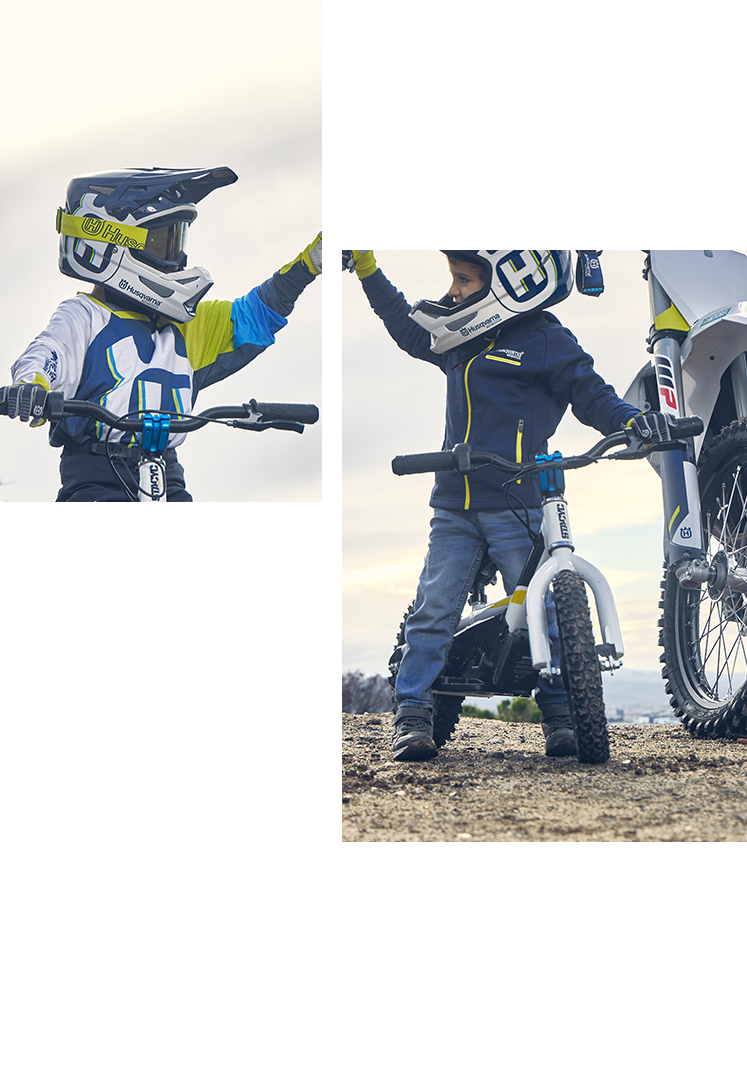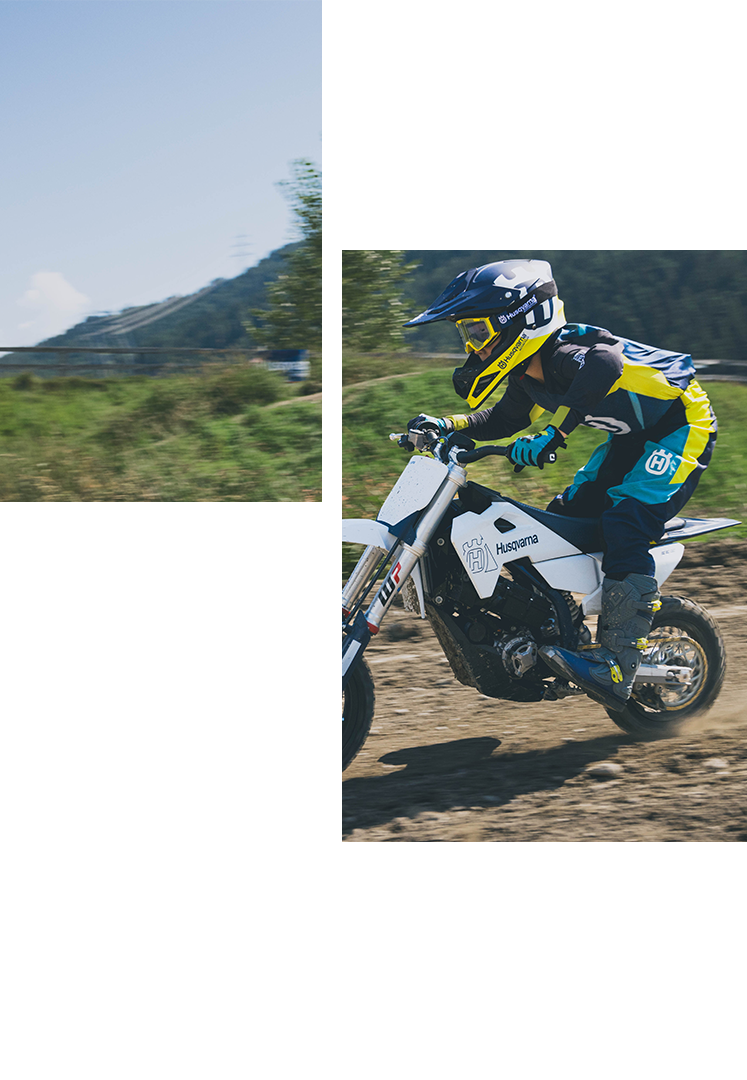Born in 1937, Bengt Olov Wessman grew up in Frövi in the county of Närke, where there has always been a great interest for motoring. Some of the biggest stars in racing grew up around this area. Bengt Olov Wessman invested in his future motocross and enduro career in June of 1955, when he bought his new 175cc machine. "I had seen reports and tests in the motoring magazine "Racing" which was the ultimate motoring newspaper at the time." During the winter of 1954, this weekly presented an in-depth story of the recently introduced motorcycle, which was to become a big success for the company. But that happened much later. In April of 1955, two Husqvarna riders entered a race near the town of Huskvarna and came first and second with their new Silverpilen. "I was of course impressed and decided to buy a Husqvarna in the spring of 1955. But I had to wait for more than a month before picking it. It had the registration number T 1179, which I can see from photographs that I kept from that era."
At the introduction of the Silverpilen, there were no race-prepared enduro machines to be bought. And the options available for racing, were negligible as the machine weight of 75 kilos had to be respected. Tyres and handlebars were significant parts to exchange. In the autumn of 1955, it was not impressive to turn up racing a 175cc Silverpilen. Most good riders straddled big four-stroke machines with a displacement of 350 or 500cc. "I think the people from Husqvarna did not know at the time what a good racer they had produced," tells Wessman convincingly. "In August 1955, I met with competition manager Bror Jaurén from the factory who also had been racing previously. He attended an enduro event in Stockholm and brought a Silverpilen, which was raced by an unknown rider. I told Jaurén about my machine and complained about the front forks rubber, which were too soft to give any good suspension on the wooden trails. He promised to get me improved parts, which would enhance my front suspension. A few weeks later I met with the Husqvarna engineer Ruben Helmin, who brought me new rubber. But he said: ‘If you're going to race with this machine, you have to blame yourself. The Silverpilen is not made for racing.’ To some extent, he was right, but the future proved him totally wrong as this motorcycle was the beginning of a new golden era for Husqvarna."




